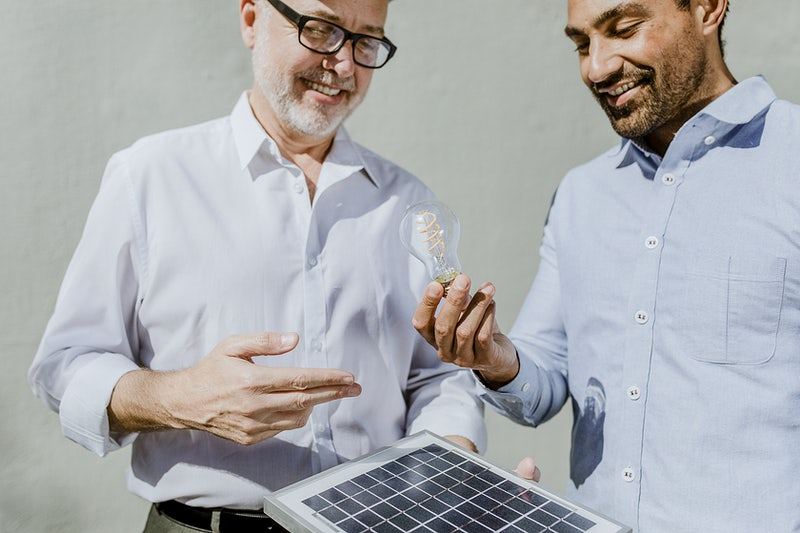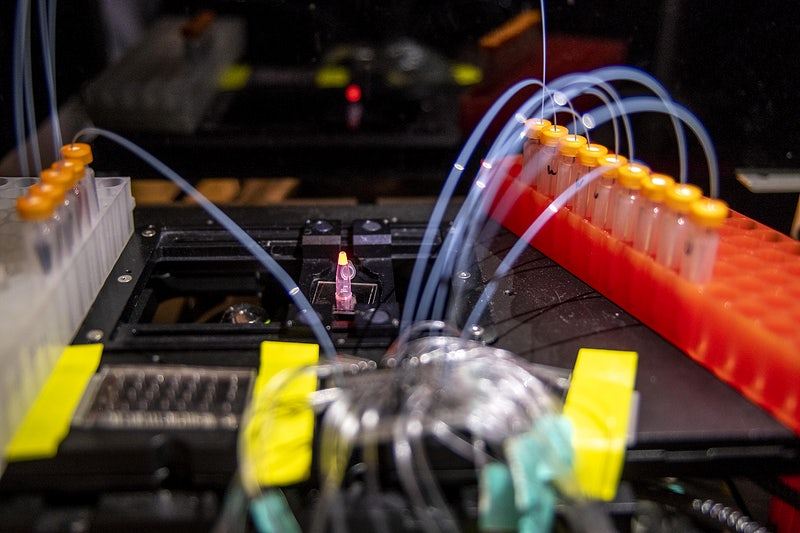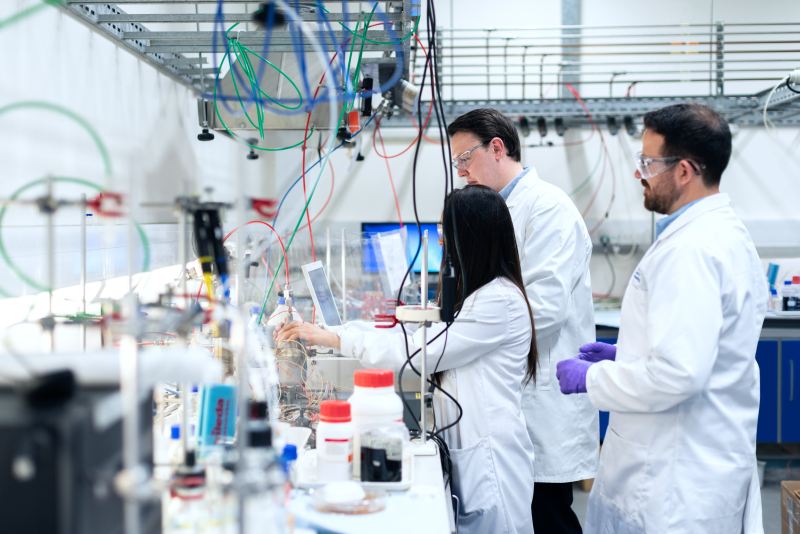Chemistry and sustainability
Chemistry has provided answers to some of the world's most difficult sustainability issues for decades. Many of the products, procedures, and technology that we take for granted today, such as clean water to drink, pasteurization, and vaccinations, originated as chemical discoveries.
Dealing with climate change and its consequences is one of the most pressing issues confronting the global community today. It is necessary to reduce greenhouse gas emissions to counteract negative climate impacts, and chemistry is a fundamental driver of renewable energy usage and energy-efficient technology.
The chemical industry helps to solve ecological problems fast and efficiently. Chemists can also contribute significantly to solving the problem of balancing out the intermittent supply of solar and wind energy by creating fuels and batteries that can store energy. Improving energy storage would allow the storage of electricity generated at peak production periods, boosting renewable energy's profitability considerably.

Although next-generation fuels and batteries exist, none is yet commercially feasible. Strategic area research combining chemists, materials specialists, and engineers will be required in the coming decade to turn these breakthroughs into practical uses.
Energy storing
The most promising option in increasing energy sustainability is to store surplus energy with the help of next-generation fuels. The energy stored in today's plants may be utilized to produce biofuels. Existing biofuels, on the other hand, are not very effective at decreasing greenhouse gas emissions since converting land to biofuel materials cultivation, as well as manufacturing and transporting biofuels, are all carbon-intensive activities.
Other methods of energy storage do exist. When chemical connections between atoms in hydrogen gas, for example, are broken, a substantial quantity of energy is released, making this gas ideal for energy storage as well.
Better batteries
Batteries are also important in the transition to alternative energy systems. Lithium-ion batteries offer a high energy density and they have been successfully implemented in electric automobiles. They have already proved their sustainability as well. However, electric cars' operating range is restricted in contrast to those fueled by common fuels, necessitating a significant enhancement in batteries performance. In addition, lithium is expensive and impossible to recycle.
Today, chemists are working on the improvement of different battery types, such as redox flow batteries, which have a very large energy capacity, but can discharge rapidly, metal-air batteries, that have even higher energy density than lithium-ion batteries, however, are subjected to problems of unwanted crystal growth during charge and discharge.

Innovative approaches and projects
Ammonia synthesis
Researchers from the United States have developed a method to use renewable energy to drive ammonia synthesis at atmospheric pressure by putting lithium at the heart of the approach. It is well known that industrial ammonia synthesis accounts for up to 3% of worldwide CO2 emissions. It is no surprise that substantial effort is being expended in the search for more sustainable alternatives.
Electrochemistry has long been proposed as a viable solution, although the present efficiency of such processes is generally less than 1%. Stanford University scientists have suggested an electrochemical lithium cycling technique for producing ammonia, which achieved an efficiency of 88.5% in lab-scale experiments.
The method electrolyzes lithium hydroxide and produces lithium metal using electricity, which can come from a renewable source such as solar and or wind energy. Given the high reactivity of lithium, this is not as easy as it appears. However, the team of chemists from Stanford is putting much effort to make the process industrially feasible.
Carsten Milsmann’s compound
Researchers at West Virginia University have developed an innovative chemical compound that will pave the path for sustainable energy. Carsten Milsmann's compound is formed of zirconium, which is plentiful in nature and simple to get, making it a cost-effective and ecological alternative to other materials. The compound is also stable in a wide range of circumstances, including air, water, and temperature extremes, making it simple to deal with in numerous settings.
On the other hand, the chemical may also convert electrical energy into light. As a result, it may be used as a light source for mobile phones screens, reducing their energy use.

Project Ocean
The development of novel value chains is enabled by the investigation of electrochemical CO2 reduction ideas. The EU project OCEAN is a perfect illustration of such research. Using electrochemistry, the OCEAN project intends to create an integrated method for the synthesis of oxalic acids, glycolic acids, and ethylene glycol from carbon dioxide.
Overall, OCEAN intends to address the essential issues that are presently impeding the development of novel electrochemical processes by focusing on high-value products with sufficient manufacturing margins to bring this technology to market.
There are other numerous projects and developments, which successfully use chemical science to increase the efficiency of renewable energy sources’ use and CO2 emissions reduction such as TERRA and PERFORM which are related to the application of the electrocatalytic approach to the production of chemicals from biosources. These initiatives focus on catalytic oxidation and reduction processes.
Many aspects, ranging from economics and sustainability to social and political peculiarities, are causing a fundamental shift in the energy and chemical manufacturing systems. This pushes the development of innovative chemical technologies. Moving in the specified directions will result in significant changes in the manufacturing process, necessitating the development of new principles and applied engineering techniques. The capacity of the society to have a larger and more integrated picture of the spectrum of this direction challenges will determine how quickly this shift can be made.
